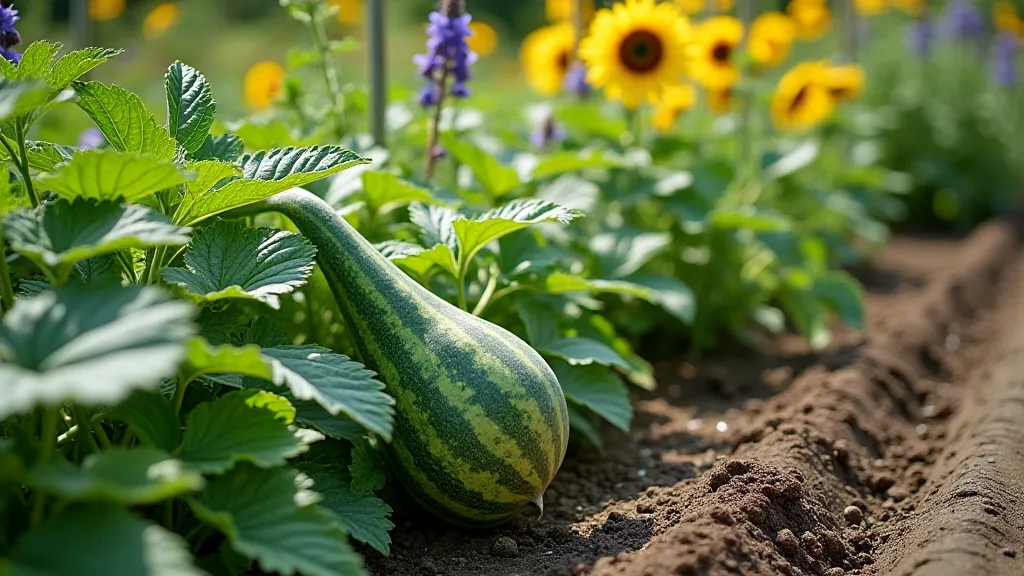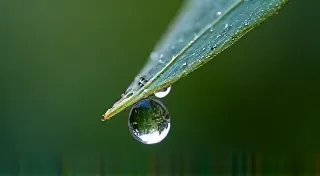Watermelon's Rhapsody: Companion Planting for a Thriving Patch
There's a peculiar, resonant beauty in rediscovering the forgotten. Think of a vintage accordion, its bellows worn smooth by countless hands, each key whispering stories of dances and celebrations long past. The craftsmanship is undeniable – the intricate mechanics, the careful selection of wood, the sheer artistry involved. Just as we treasure these musical relics, heirloom watermelons represent a connection to a past where flavor and resilience were paramount. And just as an accordion's sound is amplified by careful tuning and mindful accompaniment, a watermelon's potential truly blossoms when thoughtfully paired with its garden companions.
My grandfather, a taciturn man of the soil, rarely spoke of much. But I remember him meticulously tending his watermelon patch, a patch that yielded fruit of astonishing sweetness and size. He never used fancy fertilizers or pesticides. His secret, he eventually confided with a rare smile, wasn't in what he *added* to the soil, but in what he *planted* alongside it. This wasn't merely about maximizing yield; it was about creating a harmonious ecosystem, a vibrant chorus of botanical collaboration. It’s a principle that echoes across generations, reminding us of the wisdom found in observing nature’s intricate dance.

The Heart of the Matter: Understanding Companion Planting
Companion planting isn’t some new-age fad. It's an ancient agricultural practice rooted in the keen observations of farmers over centuries. It recognizes that plants don't exist in a vacuum. They communicate – through the air, through the soil – influencing each other’s growth, deterring pests, and even enhancing flavor. Think of it as a botanical orchestra – each instrument (plant) playing its part to create a richer, more complex melody.
Watermelons, being vining plants that demand ample space and nutrients, can be a bit of a challenge. They’re heavy feeders, and their sprawling nature can quickly deplete the soil. Furthermore, they're susceptible to common pests like squash bugs, vine borers, and cucumber beetles. This is where companion planting shines. The right partners can provide shade, fix nitrogen in the soil, attract beneficial insects, and physically repel unwanted guests.
The Watermelon's Supporting Cast: Ideal Companions
Let's explore some of the most effective companions for heirloom watermelons, drawing inspiration from my grandfather’s wisdom and modern research:
- Marigolds: These aren’t just pretty faces. Marigolds are incredibly effective at repelling nematodes and other soil pests that attack watermelon roots. They also attract beneficial insects like ladybugs and hoverflies, which prey on aphids and other harmful insects.
- Nasturtiums: These playful flowers serve a dual purpose. They act as a "trap crop" for squash bugs and vine borers, drawing them away from the watermelons. Additionally, the leaves and flowers are edible, adding a peppery zest to salads.
- Radishes: Radishes are fast-growing and help break up the soil, improving aeration and drainage for watermelon roots. They also deter cucumber beetles.
- Dill: Dill attracts beneficial insects like hoverflies and parasitic wasps, which control aphids and other pests. The seeds can also be harvested for pickling.
- Sunflowers: Tall sunflowers can provide welcome shade for watermelons, especially in hotter climates. They also act as windbreaks, protecting the vines from damage.
- Legumes (Beans & Peas): Legumes are nitrogen fixers, meaning they convert atmospheric nitrogen into a form that plants can use. This reduces the need for synthetic fertilizers and enriches the soil for watermelons.
- Borage: Borage attracts pollinators and beneficial insects, contributing to a healthy ecosystem in the garden. Its leaves are also edible and rich in nutrients.

Avoiding the Rivals: Companions to Avoid
Just as some plants thrive in harmony, others create conflict. Certain plants can inhibit watermelon growth or attract unwanted pests. Avoid planting watermelons near:
- Potatoes: Potatoes and watermelons are both heavy feeders, and their nutrient needs often overlap, leading to competition and reduced yields.
- Fennel: Fennel inhibits the growth of many plants, including watermelons, due to its allelopathic properties.
- Sage: Sage can stunt the growth of watermelons.
Beyond the Basics: A Collector's Perspective on Resilience
My grandfather’s watermelons weren’s just about flavor. They were about resilience. He chose heirloom varieties – ‘Black Diamond’, ‘Crimson Sweet’ – varieties that had been passed down through generations, each adaptation a testament to survival. Collecting heirloom seeds isn’t just about preserving biodiversity; it's about understanding the history of our food and appreciating the craftsmanship of past farmers. Like a lovingly restored accordion, each heirloom seed carries a story, a connection to the past, and a promise of a uniquely flavorful harvest.
Restoring an accordion, much like cultivating heirloom watermelons, is a labor of love. It requires patience, attention to detail, and a deep appreciation for the original design. You’re not just repairing an object; you’re reviving a legacy. Similarly, by embracing companion planting, we're not just growing watermelons; we’re cultivating a thriving ecosystem, honoring the wisdom of generations past, and creating a symphony of flavor and resilience in our gardens.

Cultivating Harmony
Companion planting for watermelons isn’t a rigid formula; it’s an ongoing experiment. Observe your garden, learn from your successes and failures, and adapt your strategies accordingly. Like tuning an accordion to resonate perfectly, finding the right combination of companions requires a keen ear and a willingness to adjust. The rewards – a bountiful harvest of incredibly flavorful watermelons and a thriving, harmonious garden – are well worth the effort.





